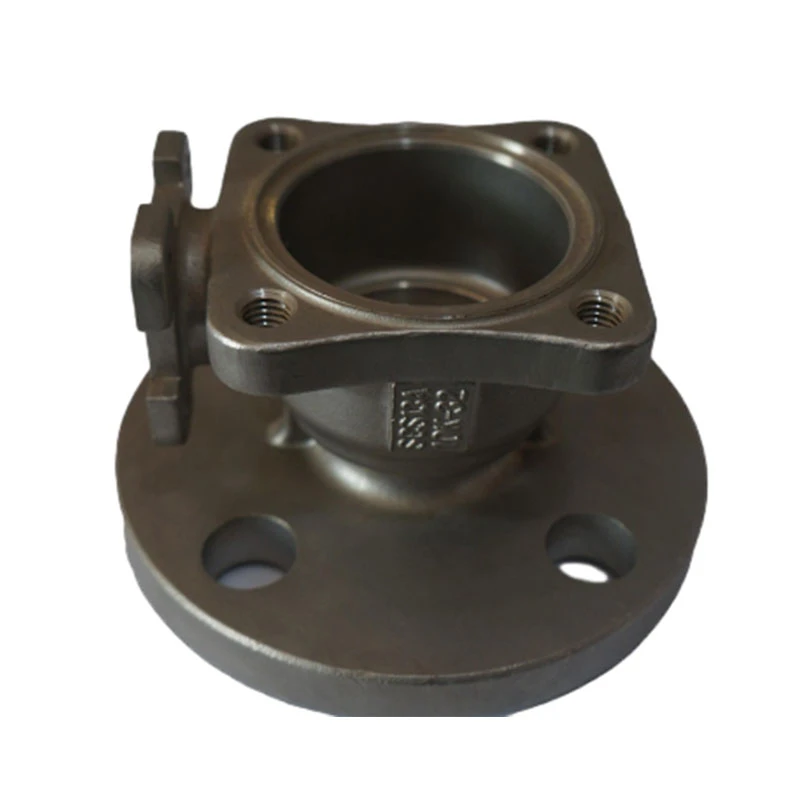Aluminum Sand Casting Kit for DIY Metalworking Projects and Creative Foundry Work
Exploring the World of Aluminum Sand Casting Kits A Comprehensive Guide
Aluminum sand casting is a versatile and widely used manufacturing process that allows hobbyists and professionals alike to create intricate metal components with relative ease. At the core of this process lies the aluminum sand casting kit—an essential toolset designed to facilitate the casting of aluminum parts. This article will explore the components of these kits, the casting process, advantages, and best practices, making it a valuable resource for anyone interested in this fascinating craft.
Components of an Aluminum Sand Casting Kit
An aluminum sand casting kit typically includes several key components
1. Sand Molds The primary material used for creating molds in the sand casting process. Usually, a mixture of silica sand, clay, and water is used to create a mold that can withstand the heat of molten aluminum.
2. Pattern A replica of the item to be cast, usually made from wood, metal, or plastic. The pattern is placed in the sand to create a cavity in the mold that will shape the aluminum once poured.
3. Casting Flask A frame that holds the sand molds together. The flask ensures that the sand maintains its shape during the casting process.
4. Melting Furnace This is where the aluminum is melted before being poured into the mold. Some kits may offer electric or propane-based furnaces for convenience.
5. Pouring Tools Tools such as ladles and pour spouts that help in transferring molten aluminum from the furnace to the mold without spillage or burns.
6. Safety Gear Crucial for ensuring the safety of the user. This includes heat-resistant gloves, protective eyewear, and a face shield to protect against splashes from molten metal.
The Casting Process
The aluminum sand casting process involves several steps
1. Preparation of the Pattern The first step is to create a pattern of the desired shape. This pattern is placed into a prepared mold.
2. Mold Creation The sand mixture is packed around the pattern within the flask to create a mold. Once packed, the pattern is removed, leaving a cavity in the sand.
3. Melting the Aluminum In a furnace, aluminum is heated until it becomes molten. The temperature must reach approximately 660°C (1220°F) to ensure full melting.
aluminum sand casting kit

4. Pouring The molten aluminum is carefully poured into the mold through the pouring cup or sprue, filling the cavity created by the pattern.
5. Cooling Once poured, the aluminum is left to cool and solidify. This can take anywhere from a few minutes to several hours, depending on the size of the cast piece.
6. Mold Removal After cooling, the sand mold is broken away to reveal the cast aluminum part, which may require further finishing for a smooth surface.
Advantages of Aluminum Sand Casting Kits
Aluminum sand casting offers several advantages
- Cost-Effective Compared to other casting methods, sand casting is cost-effective for low to medium production volumes. - Flexibility Sand molds can be easily modified for different designs, allowing for experimentation and innovation.
- Durability Aluminum's resistance to corrosion and lightweight nature makes it ideal for a variety of applications, from automotive parts to art.
Best Practices for Successful Casting
- Preparation is Key Ensure that the molds, patterns, and equipment are properly prepared before beginning the casting process.
- Maintain Safety Wearing appropriate safety gear and understanding the risks involved with molten metal is critical.
- Practice Patience Allow sufficient time for the aluminum to cool before removing the mold to avoid damaging the cast part.
- Learn and Adapt Each casting experience can provide insights. Analyze the results and adjust techniques accordingly for improved outcomes.
Conclusion
Aluminum sand casting kits present an exciting opportunity for individuals looking to delve into metalworking. With the right tools and understanding of the process, you can transform raw materials into functional and artistic metal objects. Whether you’re a hobbyist or a budding professional, exploring the art of aluminum sand casting can be a rewarding and educational experience. So, gather your materials, put on your safety gear, and start your journey into this captivating field of manufacturing!
-
Crawler Drilling Rig - Baoding Hairun|Confined Space Drilling&Mine SafetyNewsAug.15,2025
-
Drill For Confined Spaces-Crawler Mounted Drill Rig | Crawler Drill Rig for SaleNewsAug.15,2025
-
Premium OEM Auto Parts & Stamping - Reliable ManufacturersNewsAug.15,2025
-
Crawler Drilling Rig for Confined Spaces-Baoding Hairun MachineryNewsAug.15,2025
-
Drill For Confined Spaces - Baoding Hairun Machinery And Equipment Trading Co., Ltd.NewsAug.15,2025
-
Advanced Crawler Drilling Rig - Baoding Hairun Machinery | Underground Mining SolutionsNewsAug.14,2025















